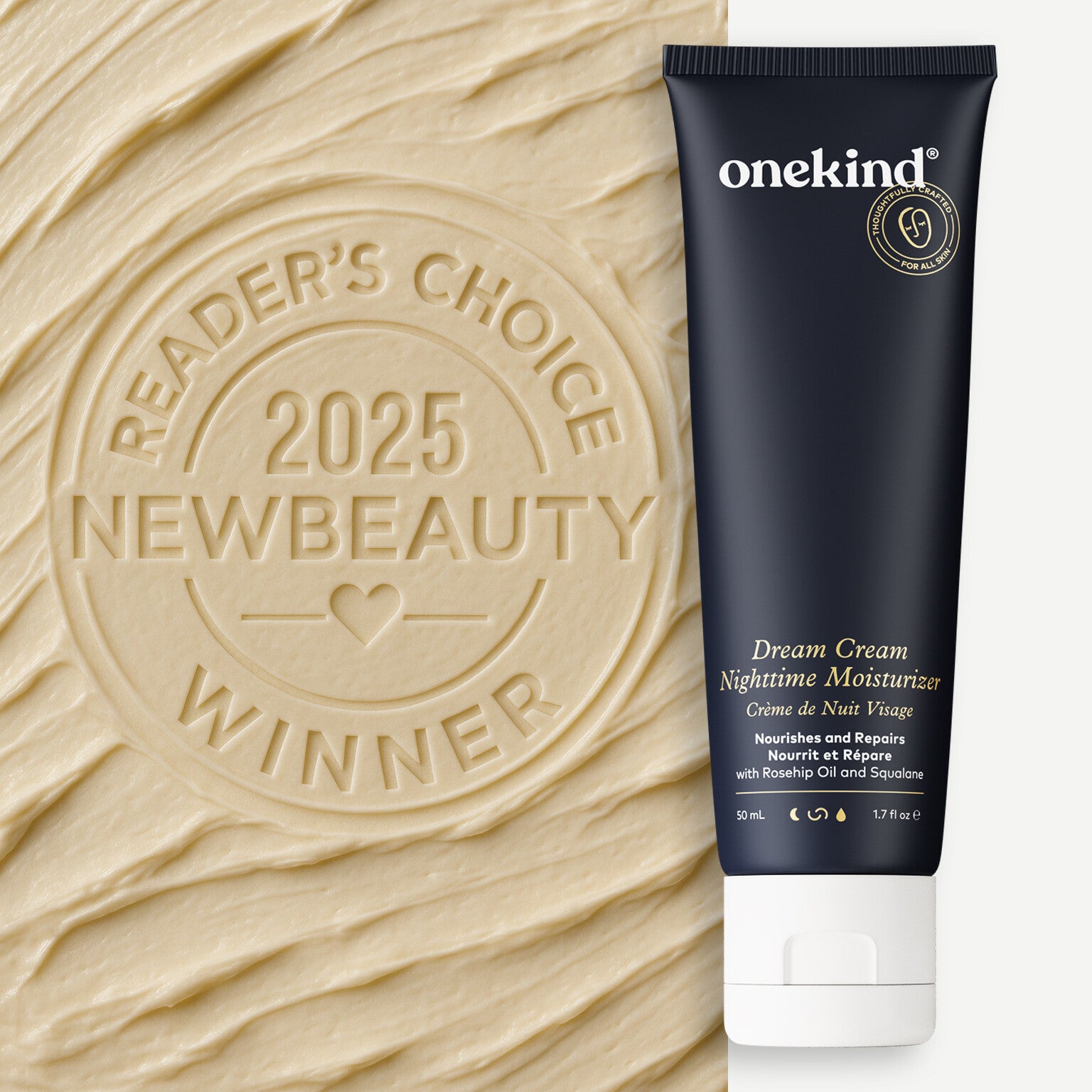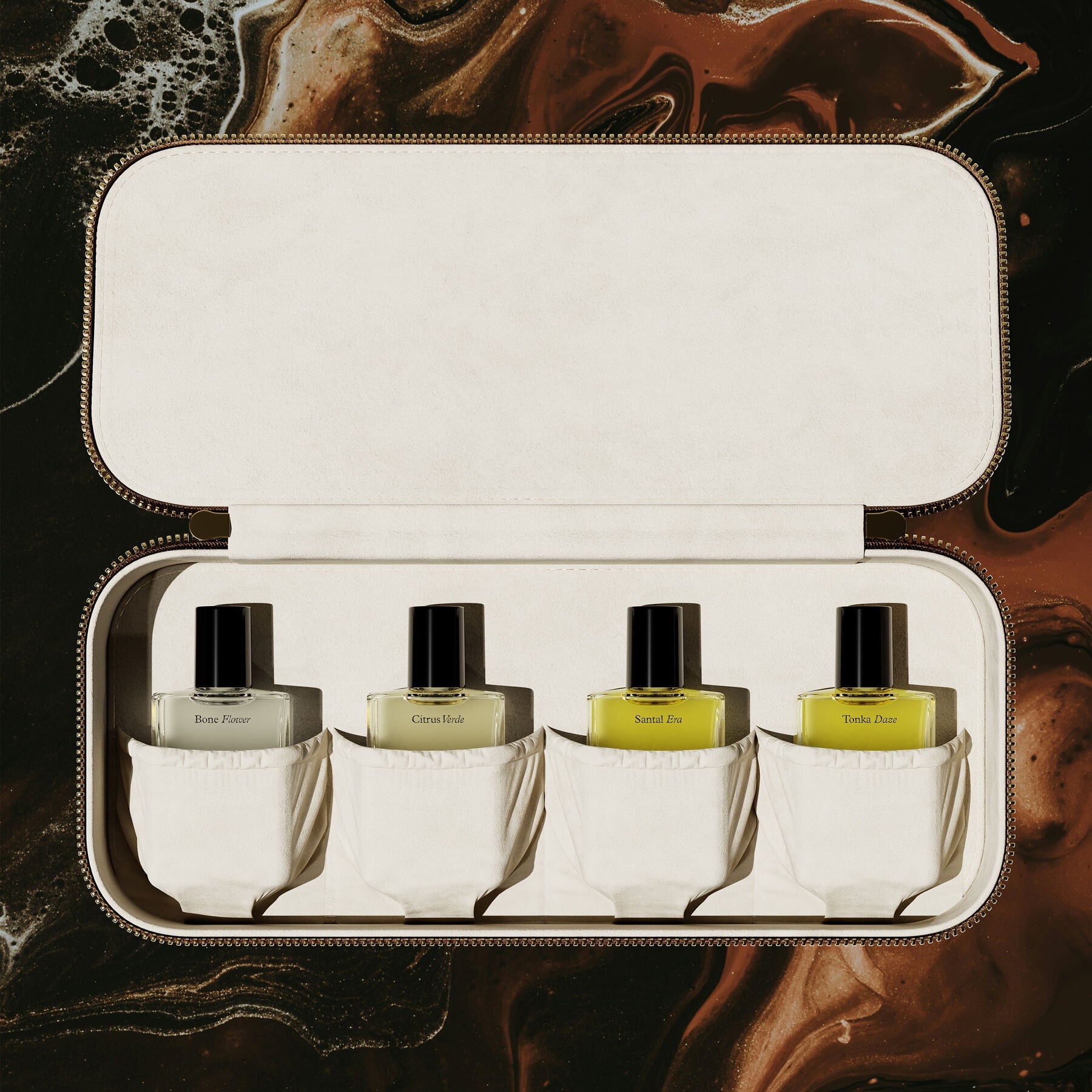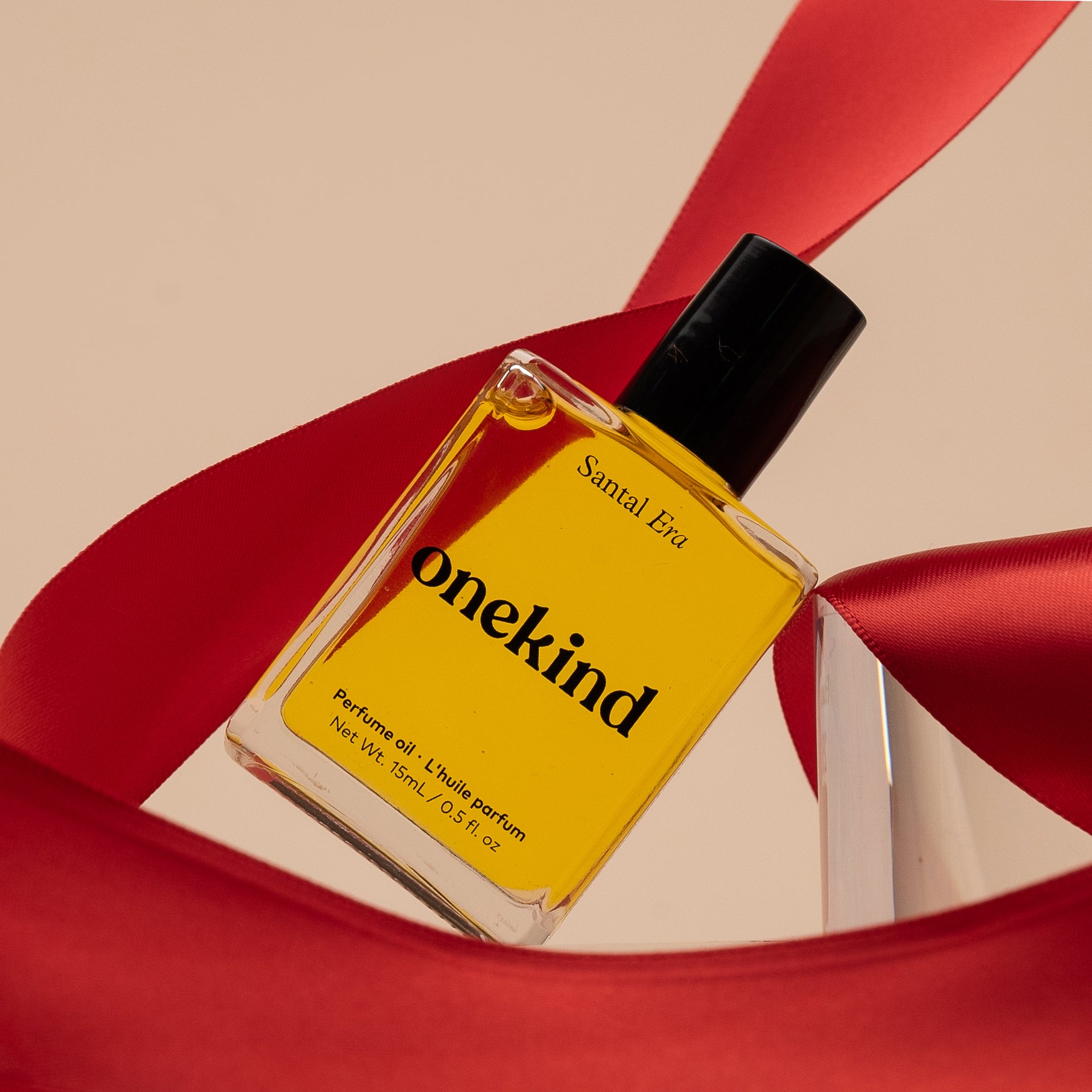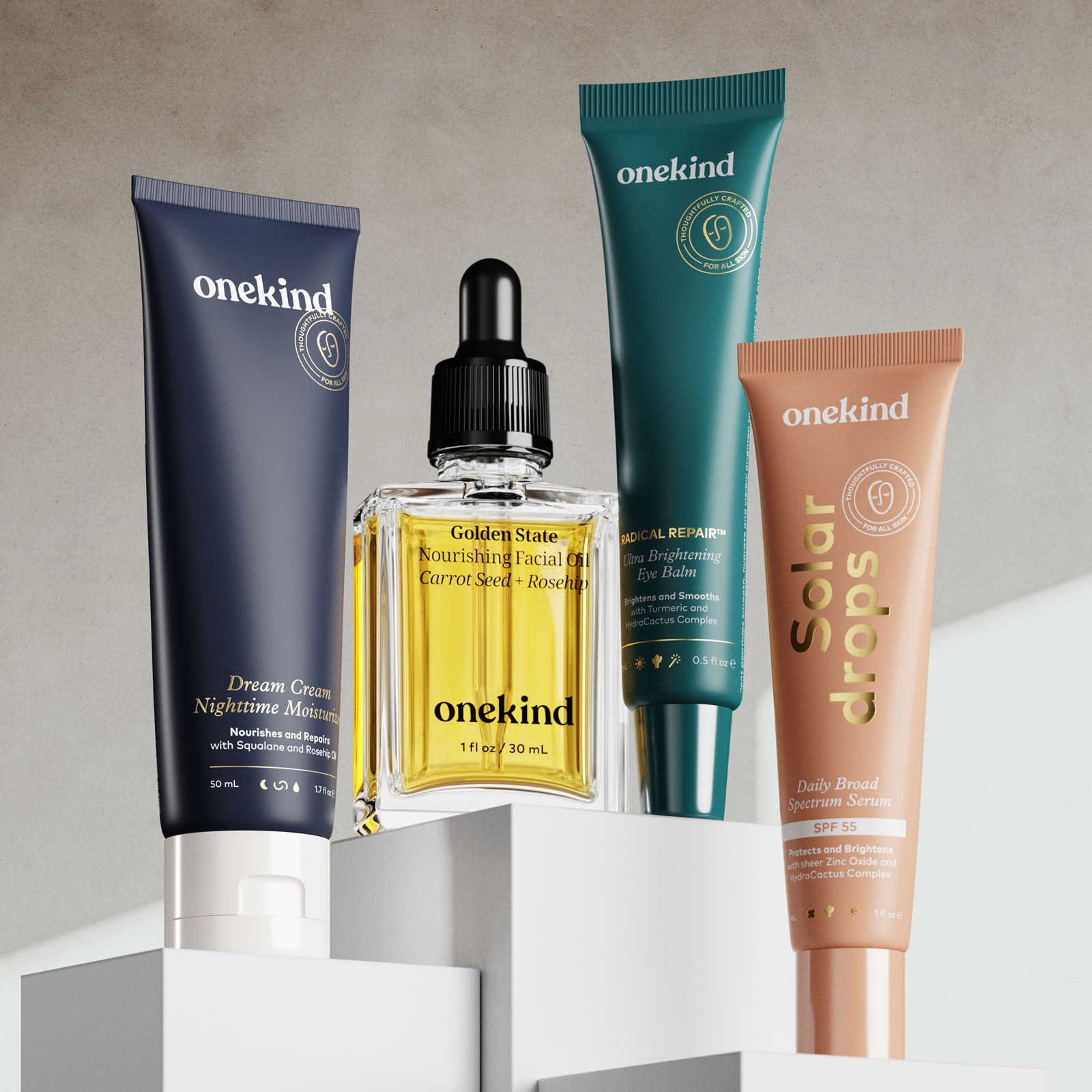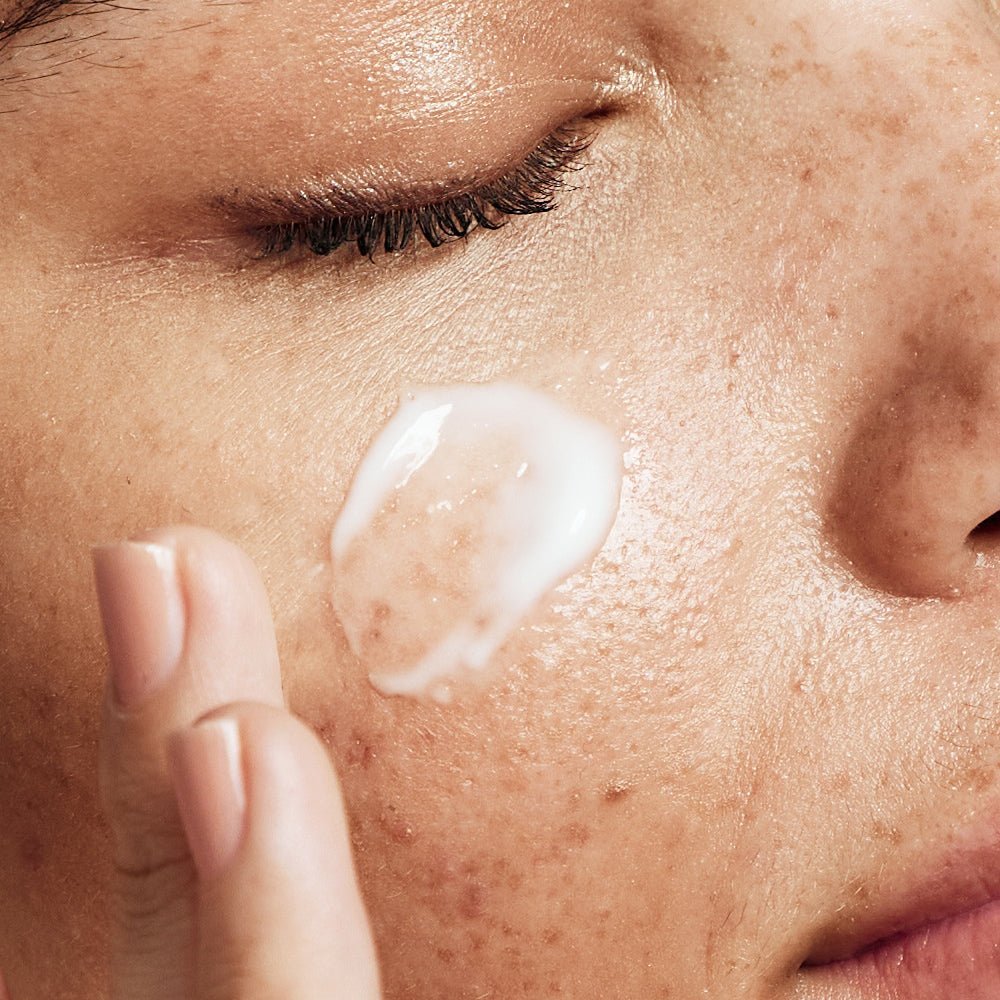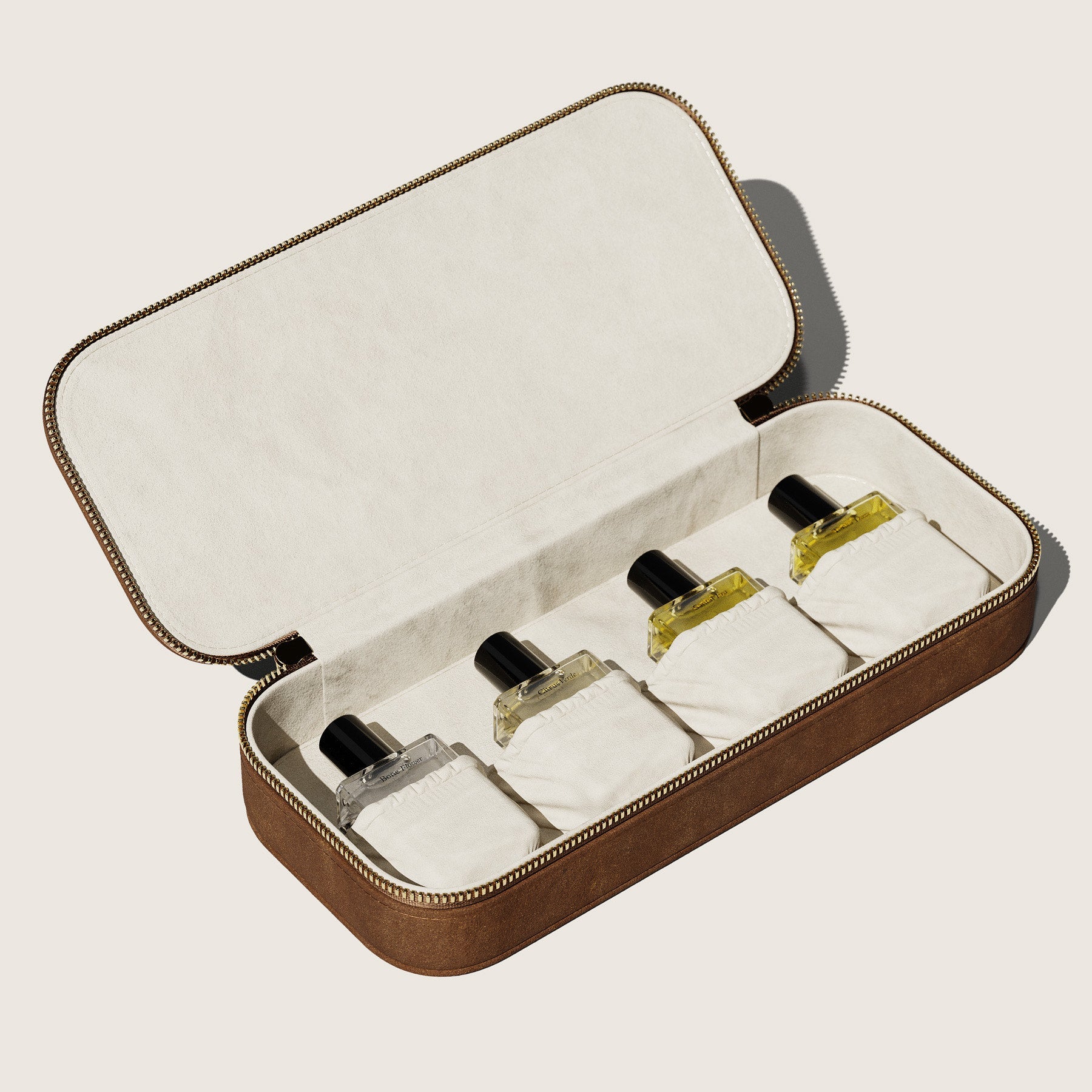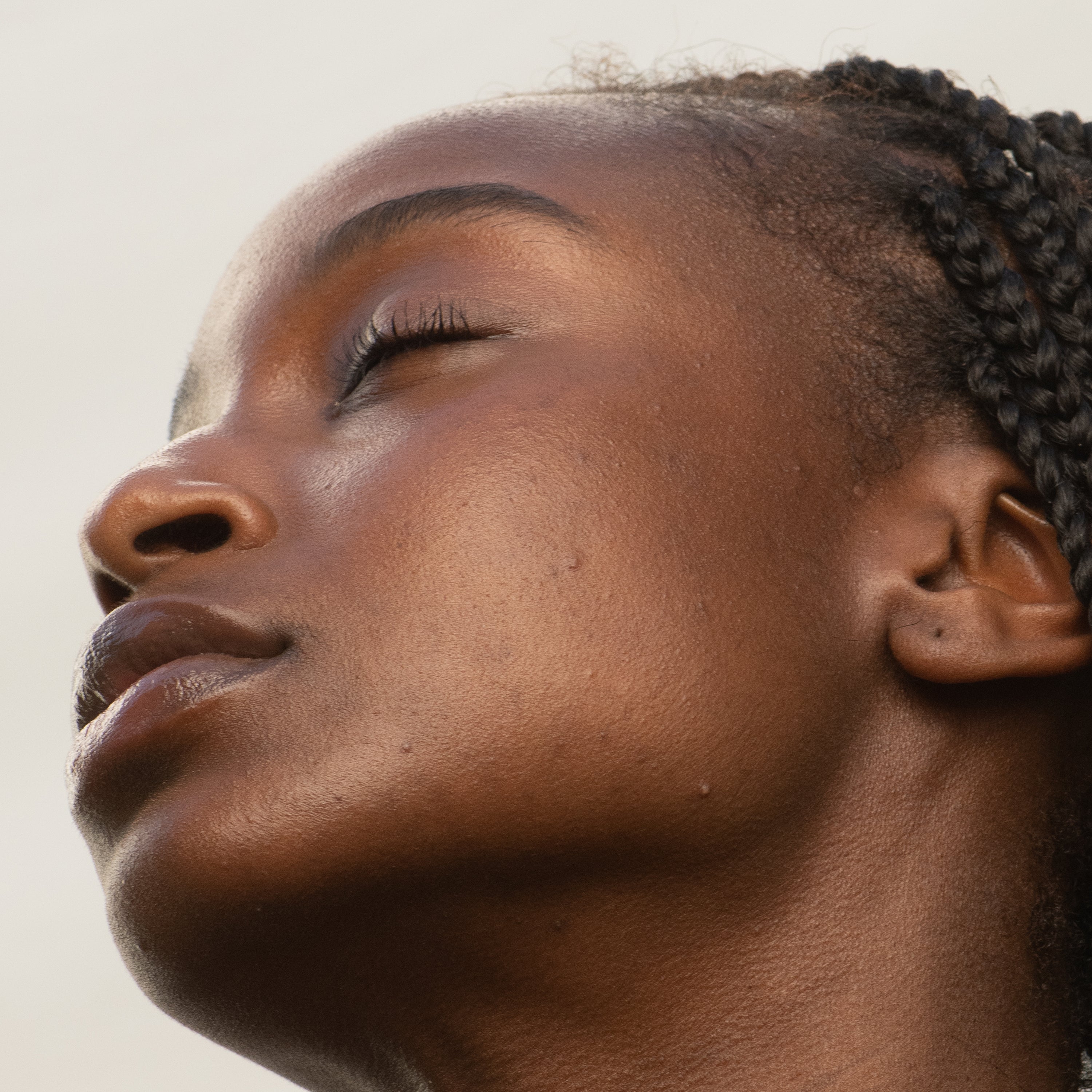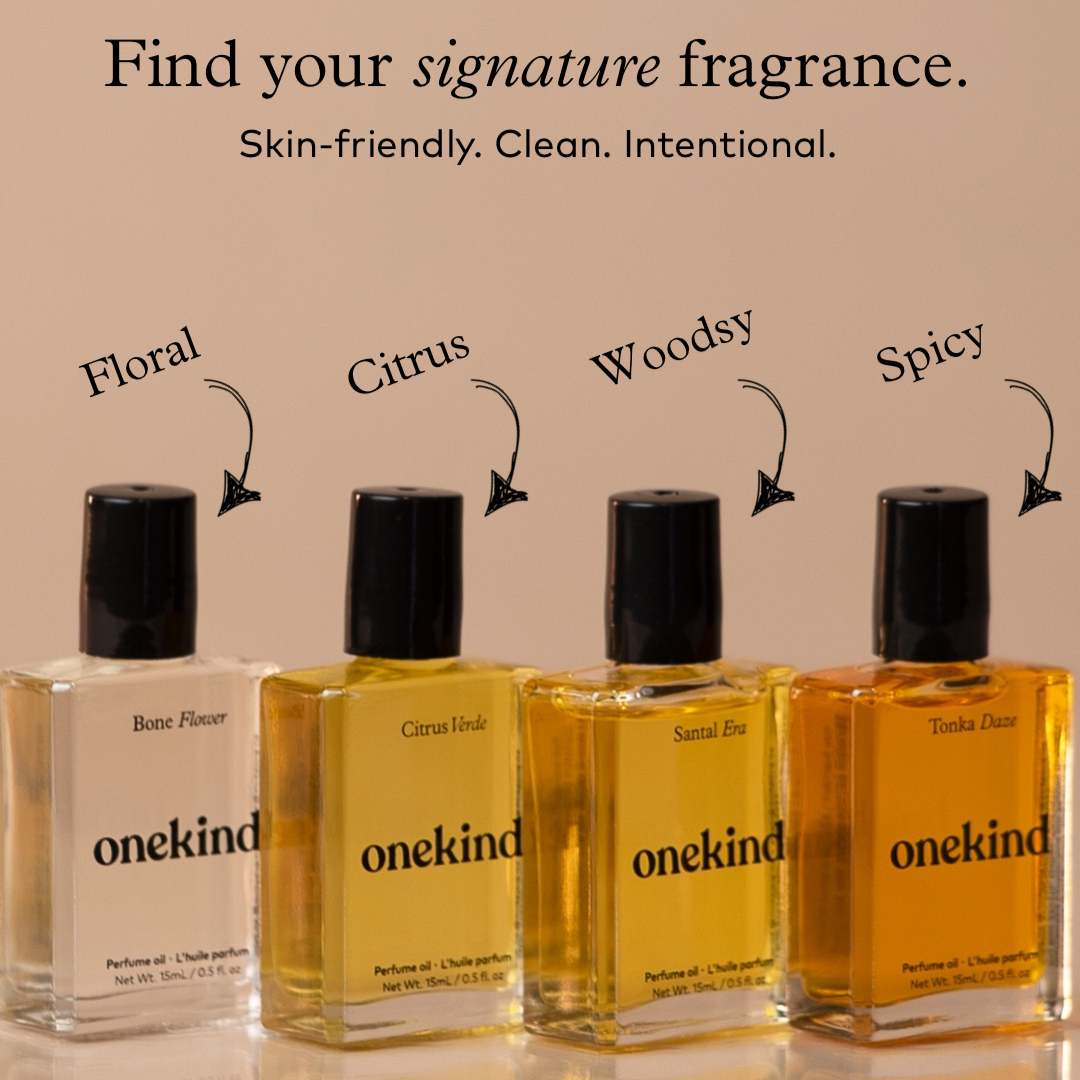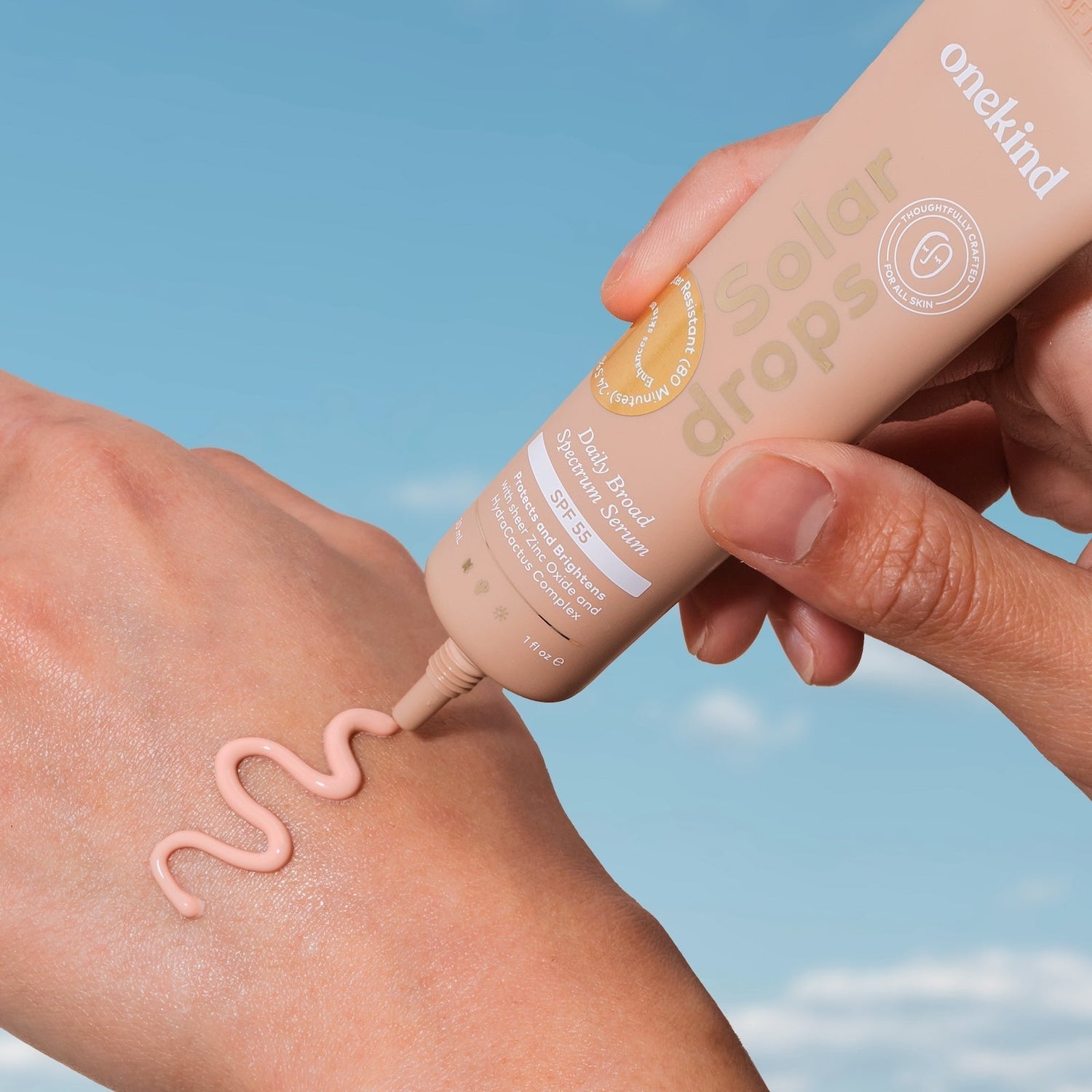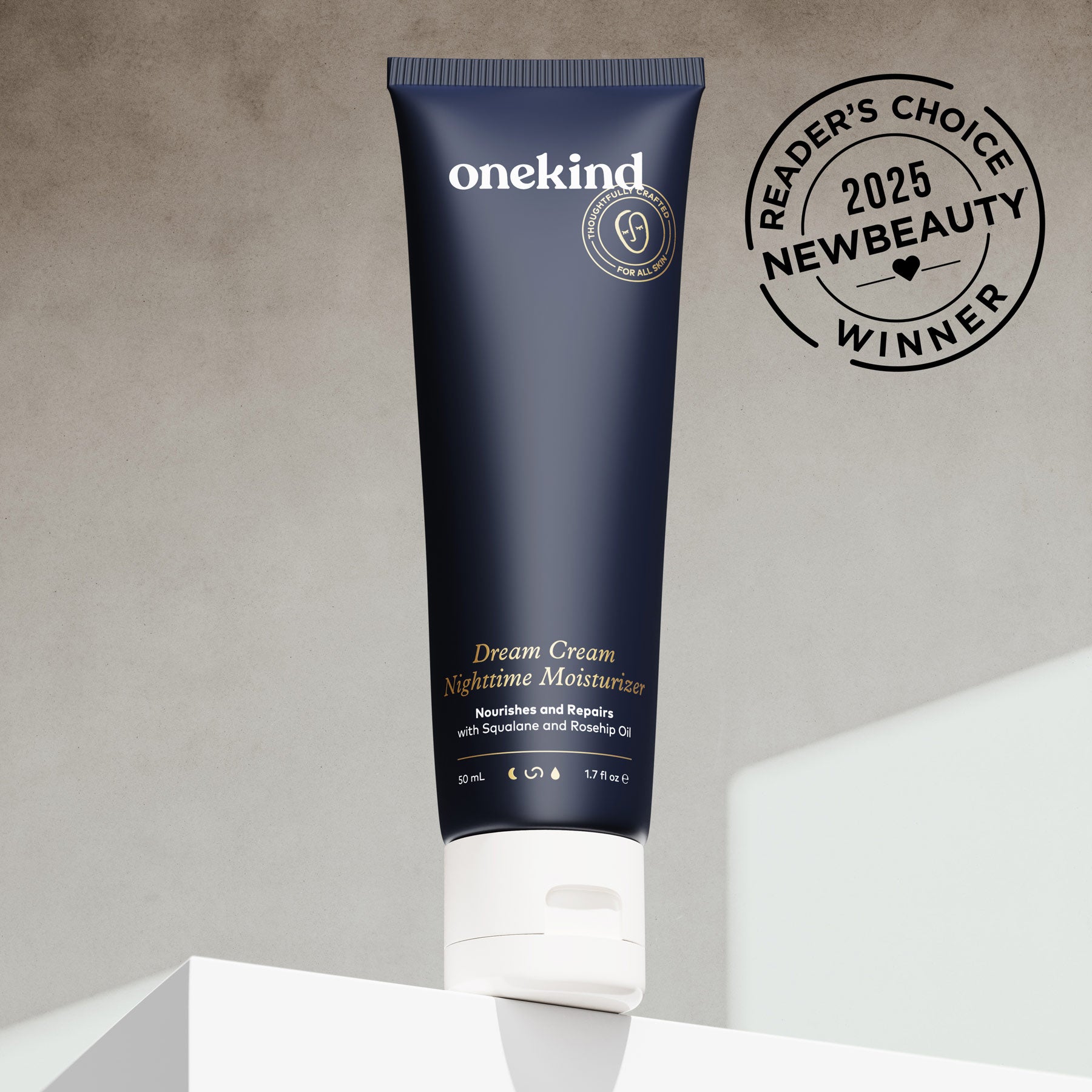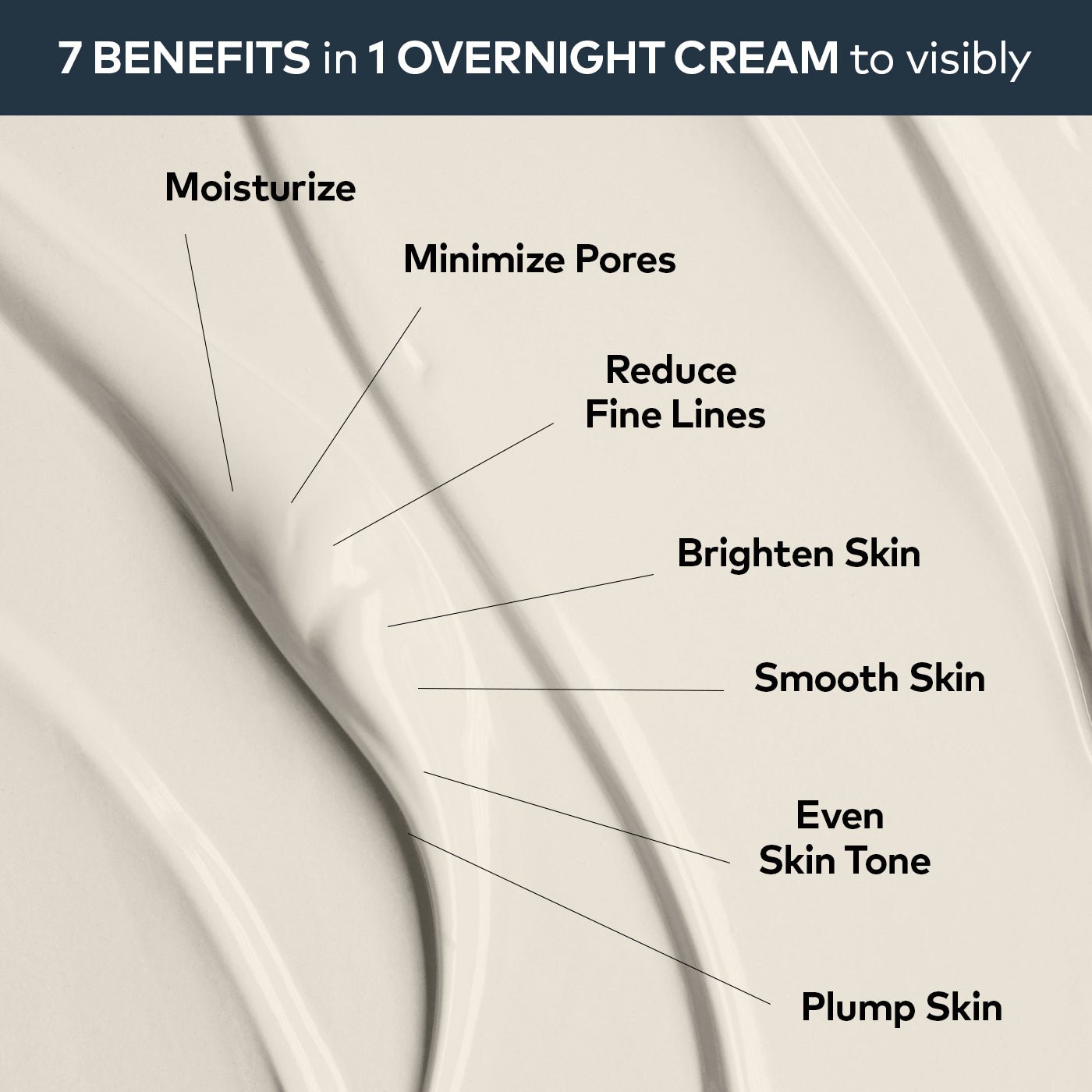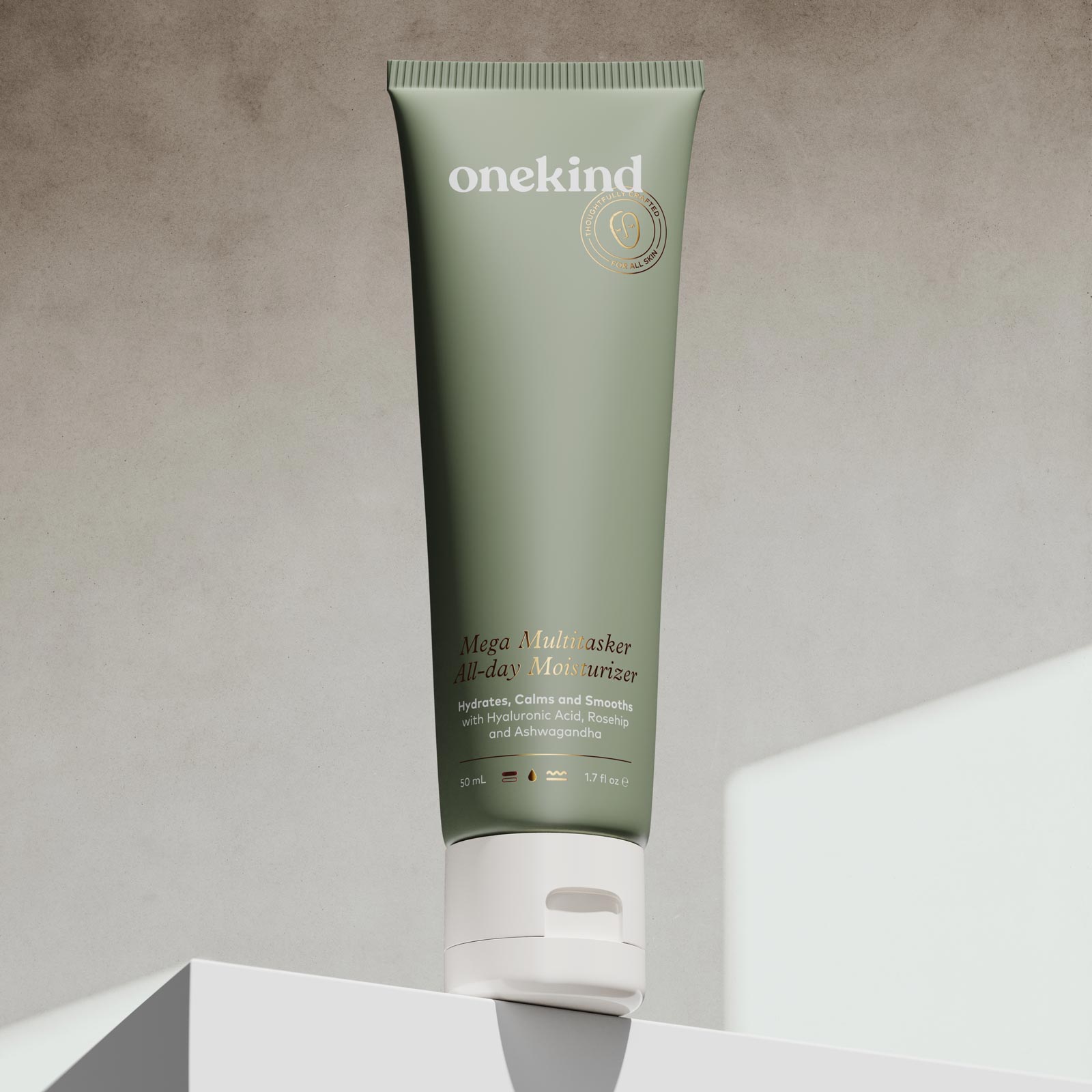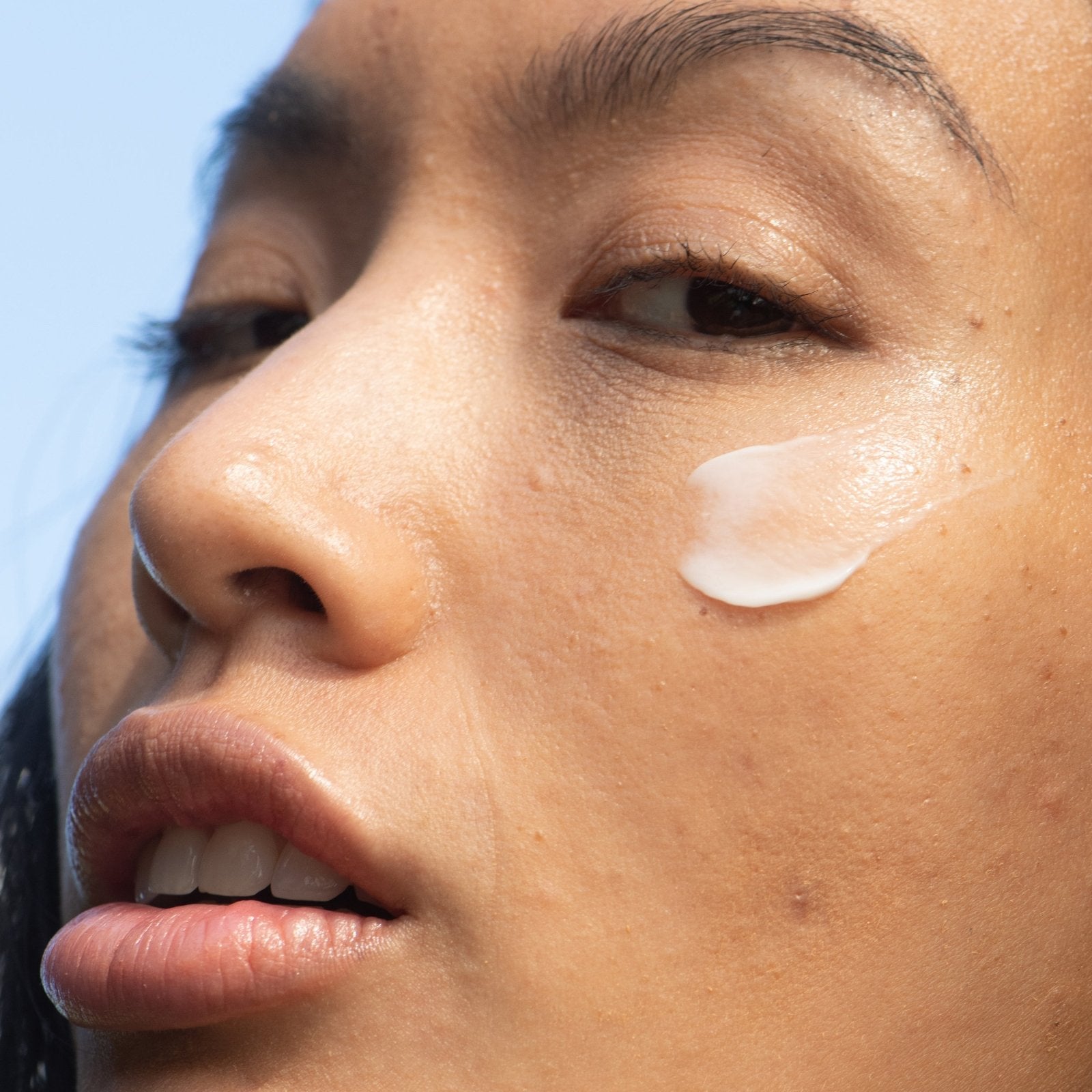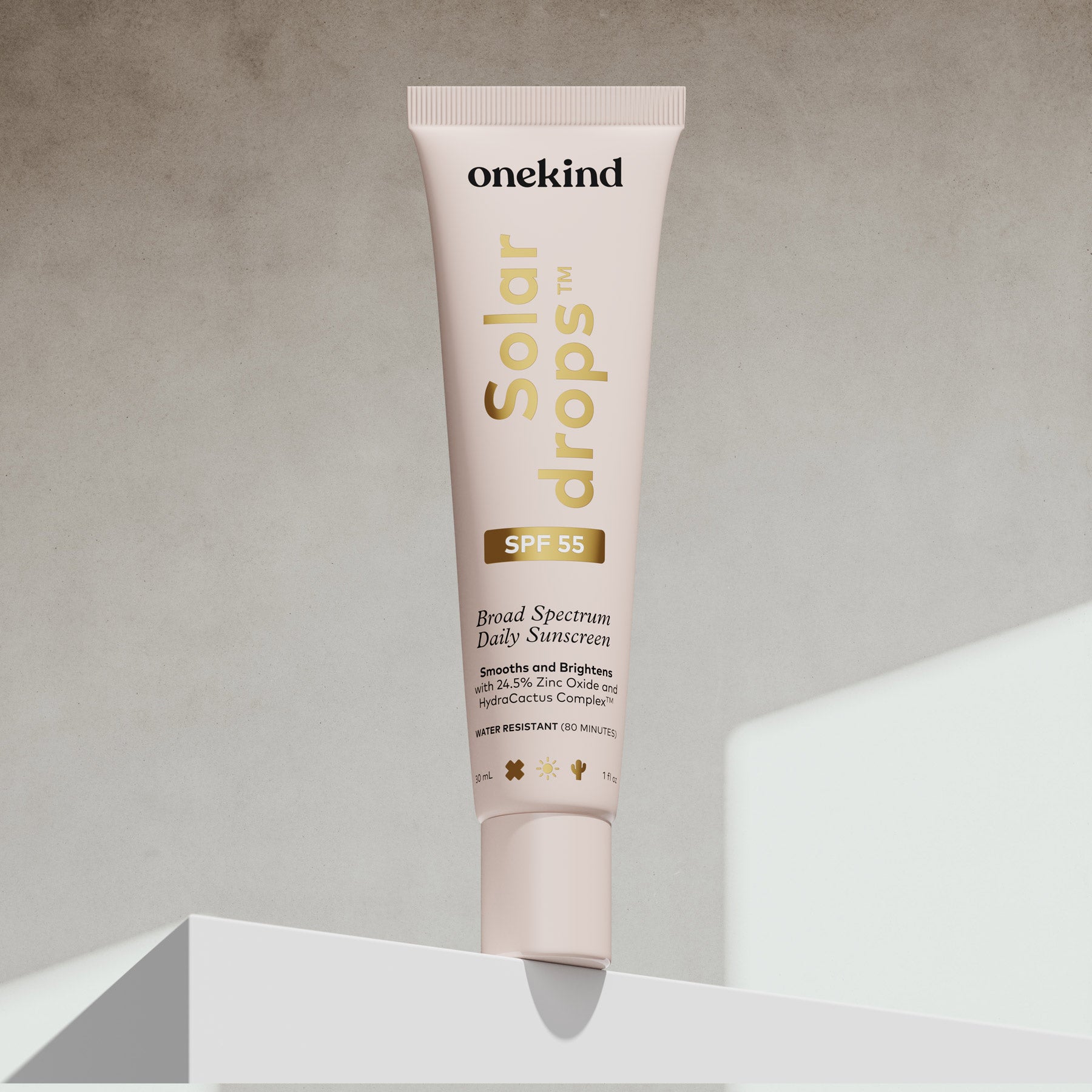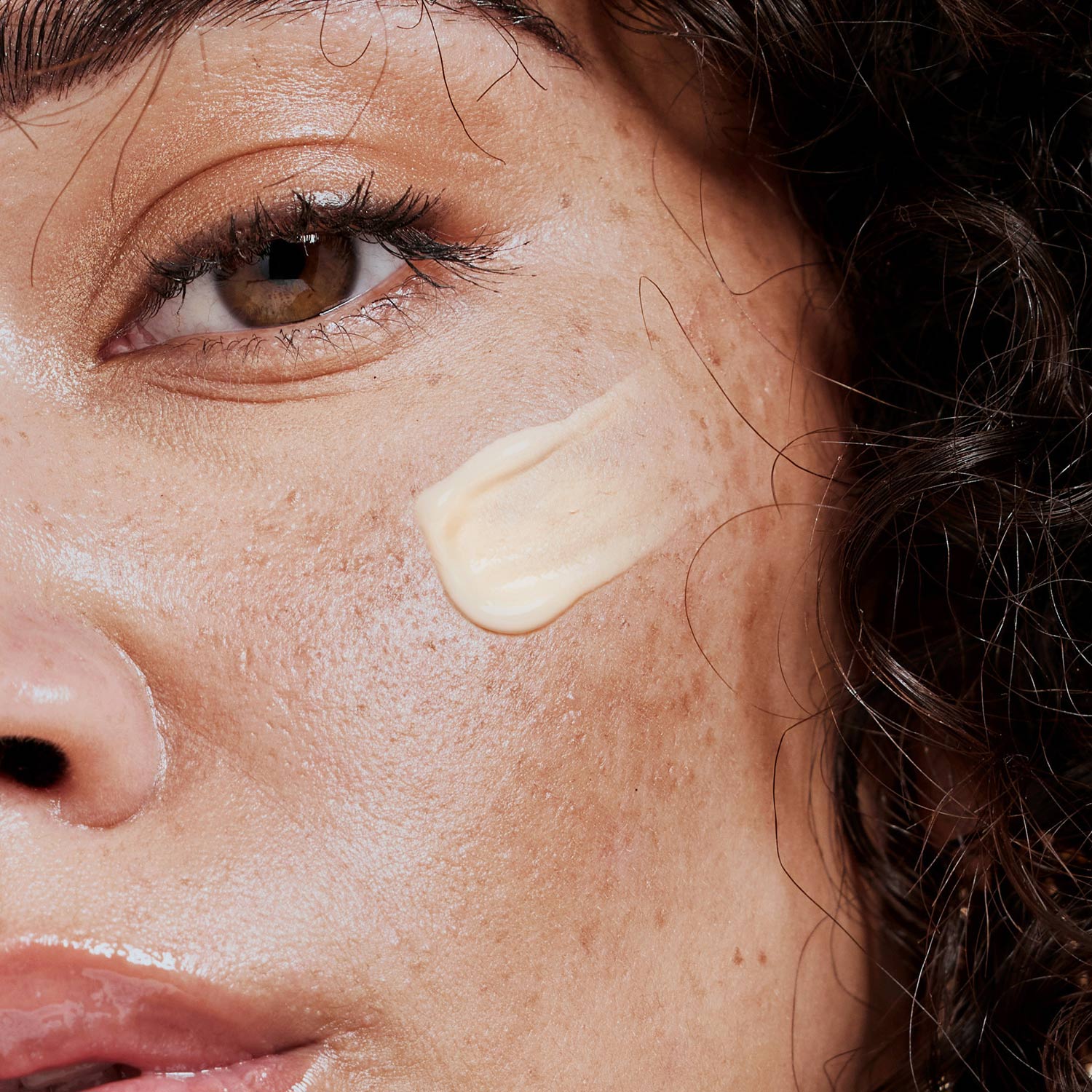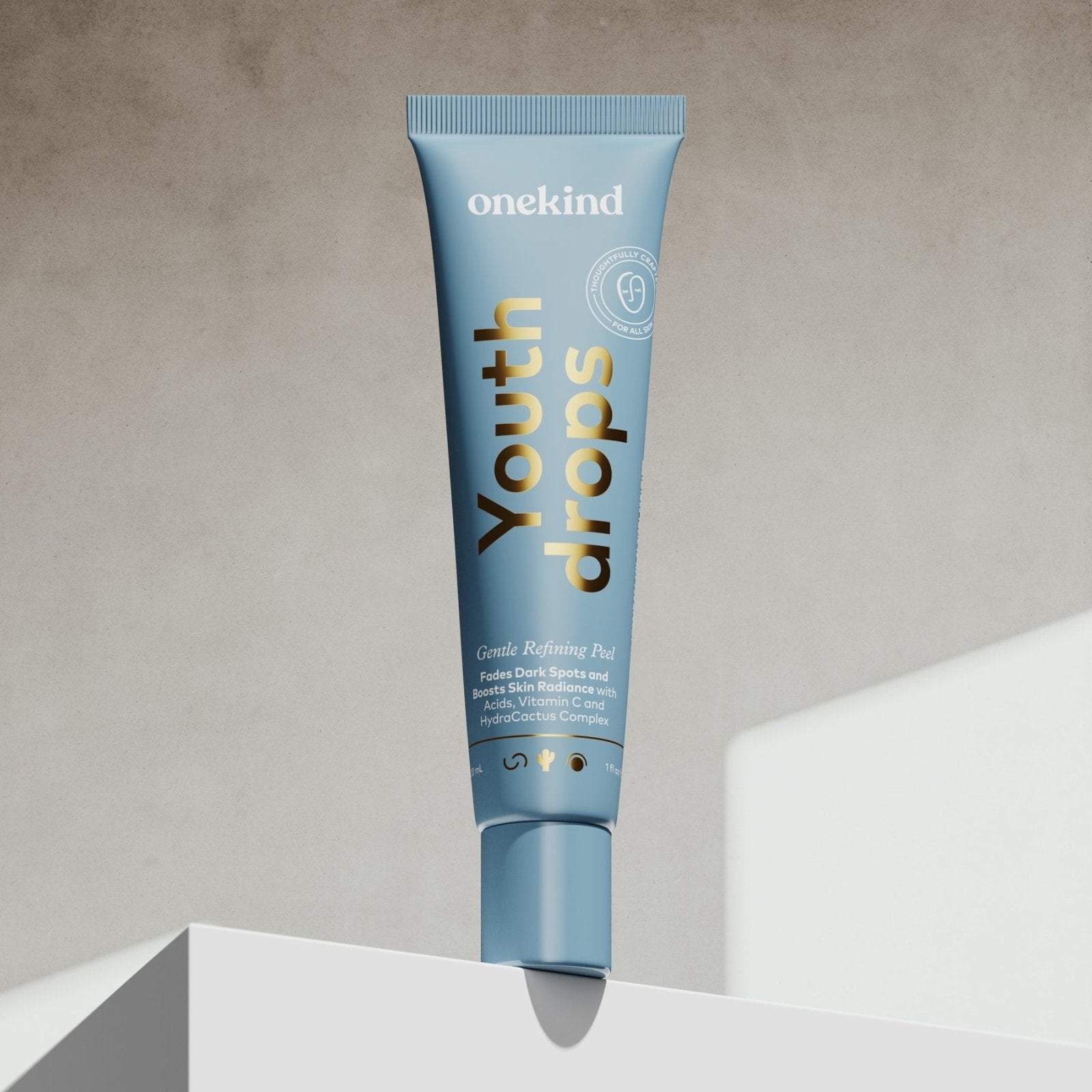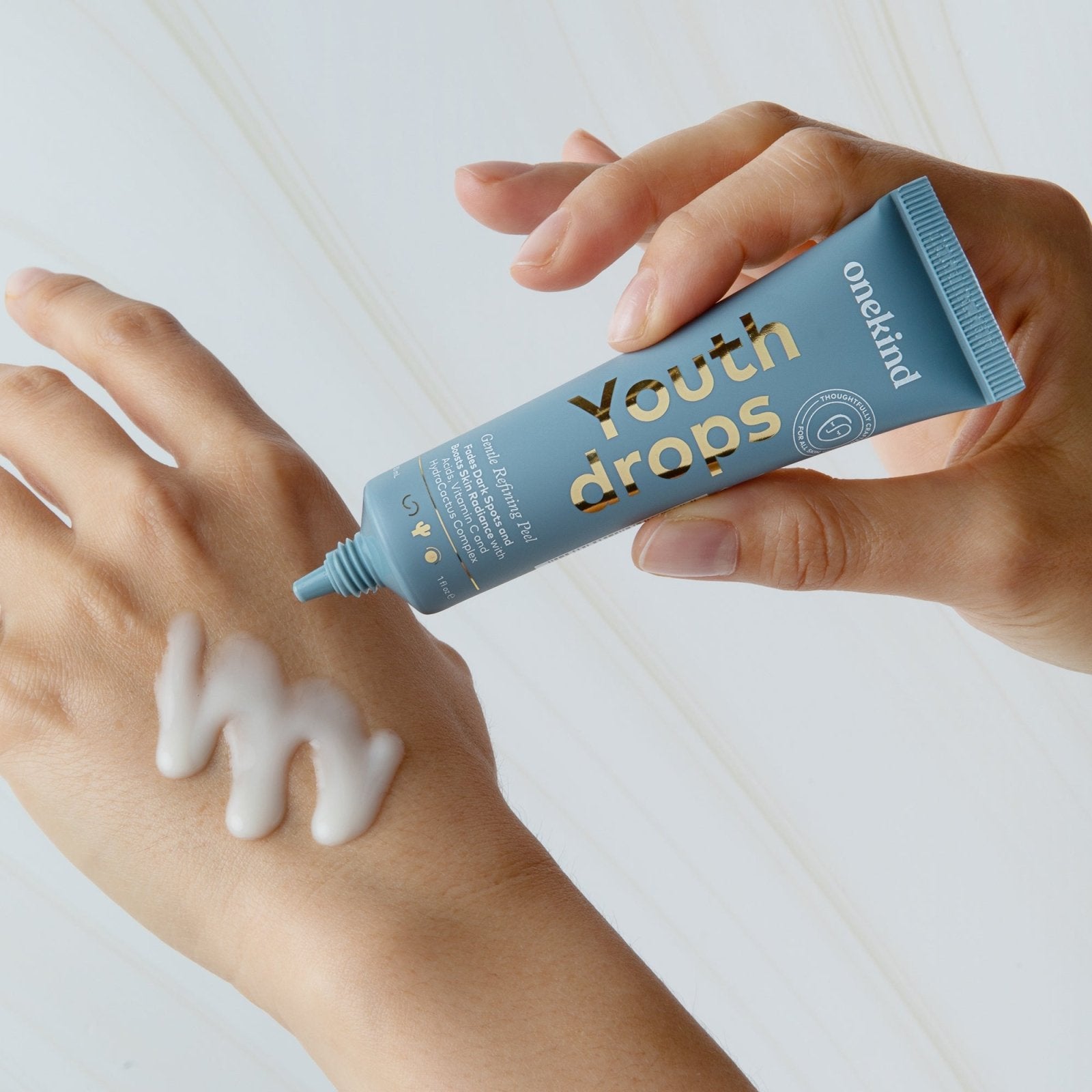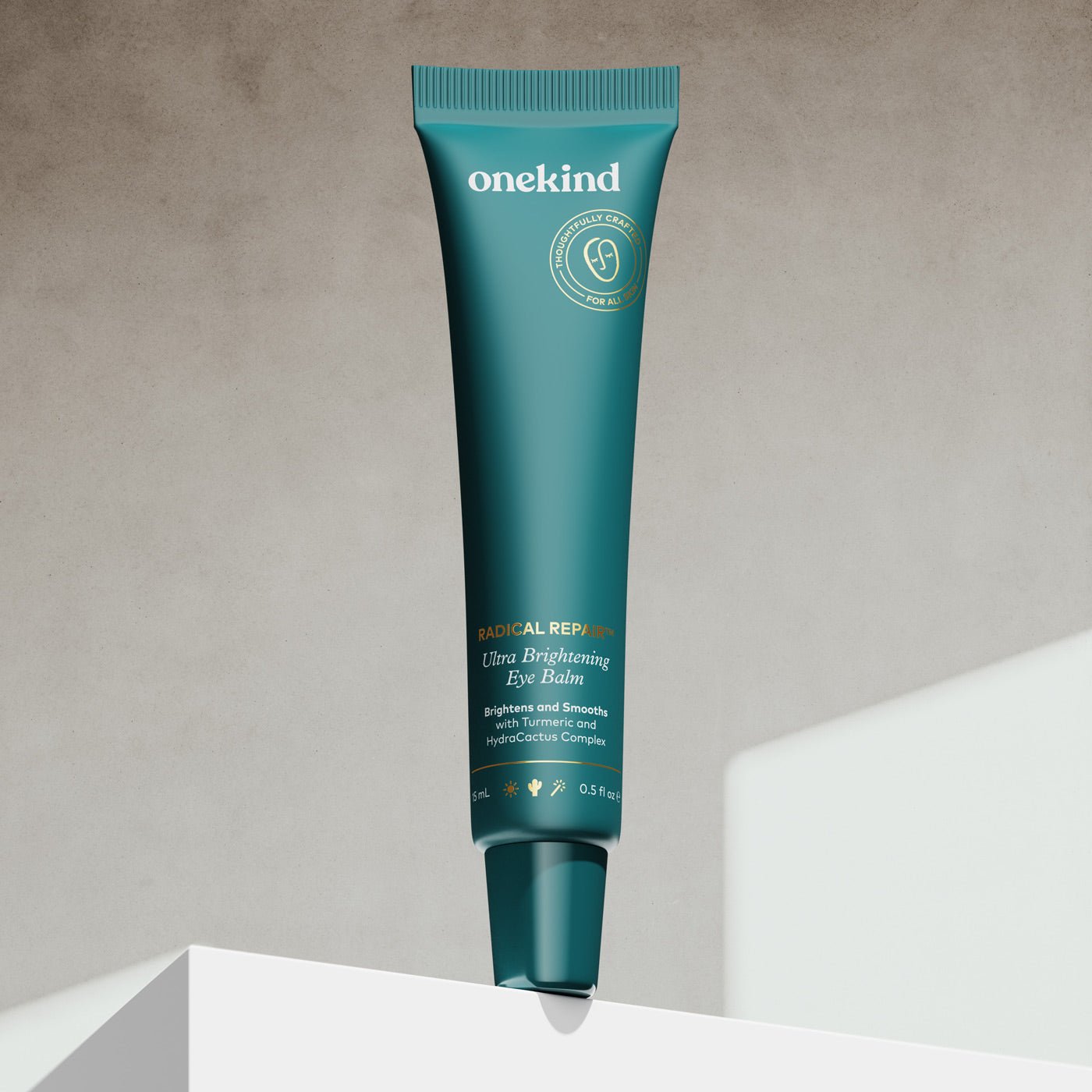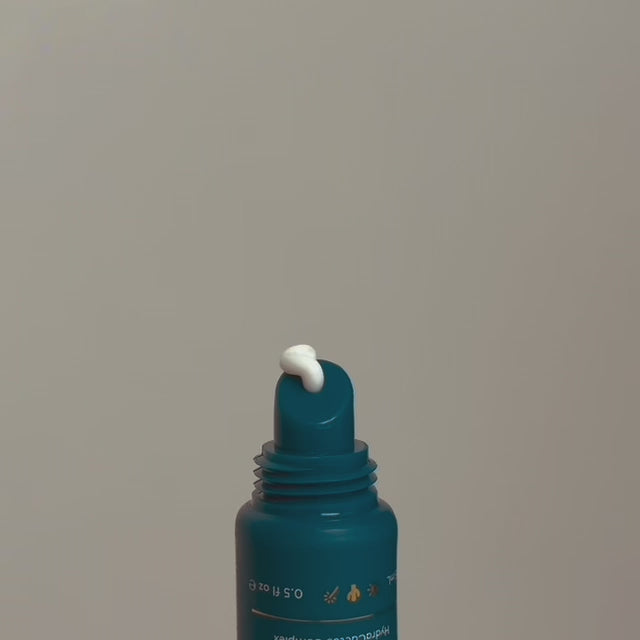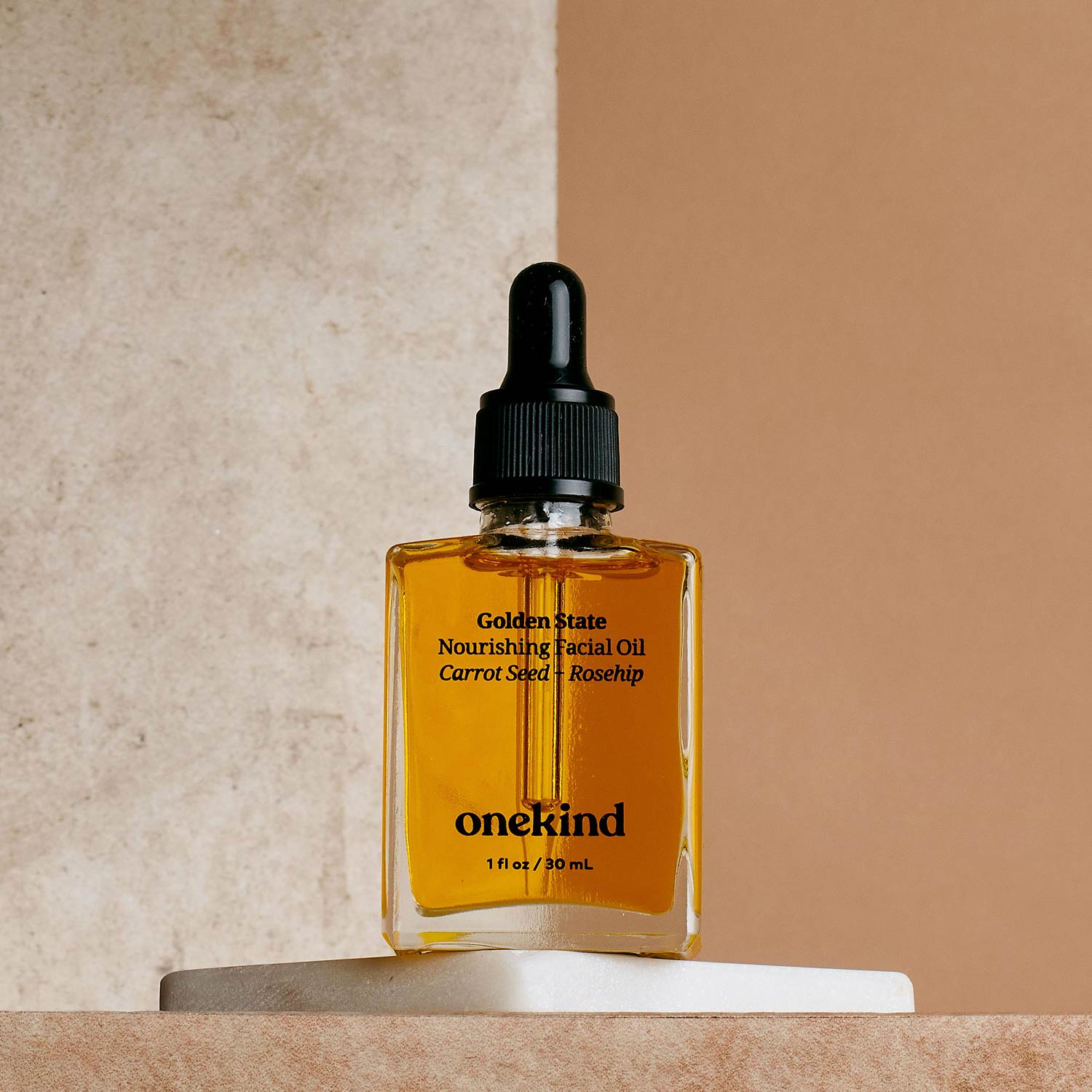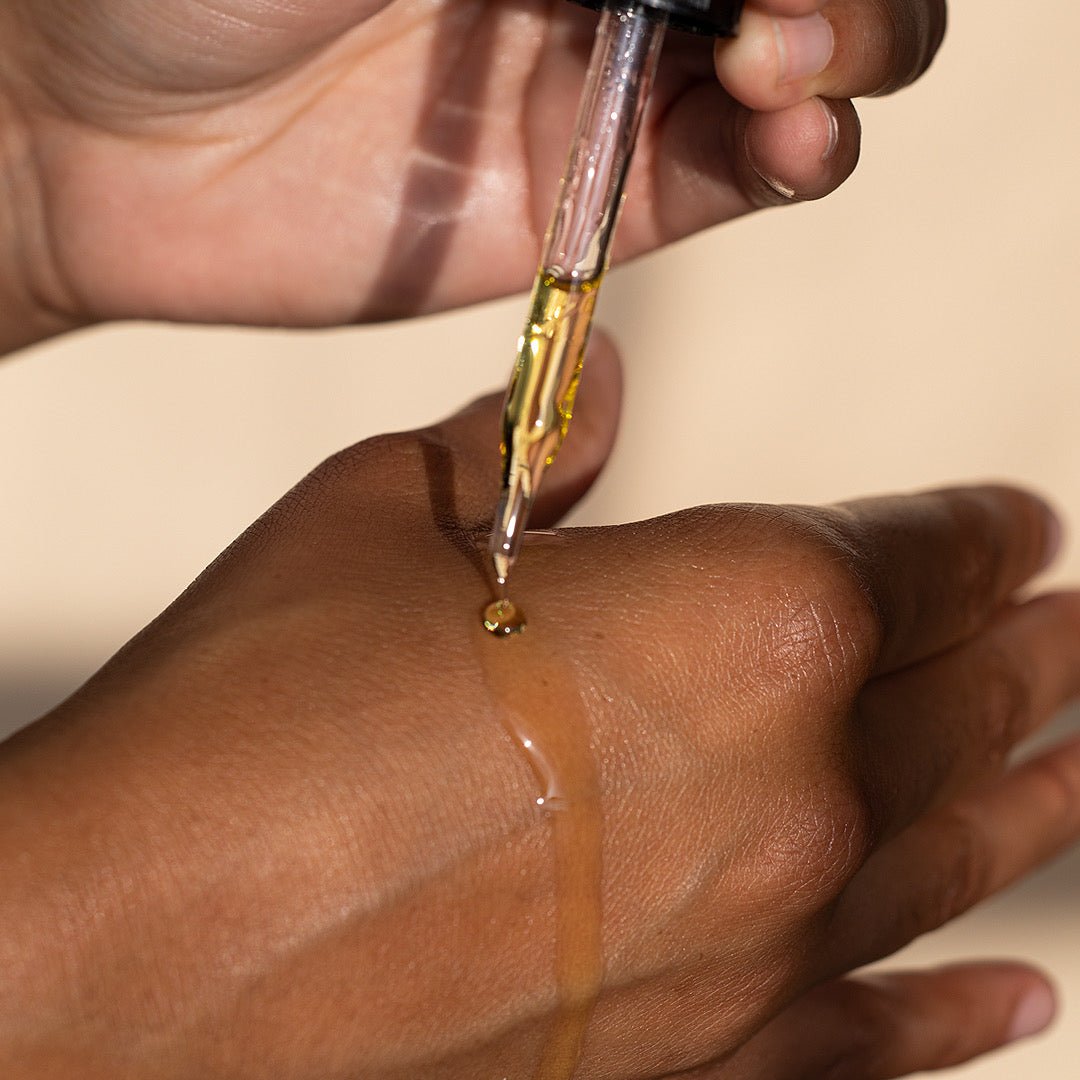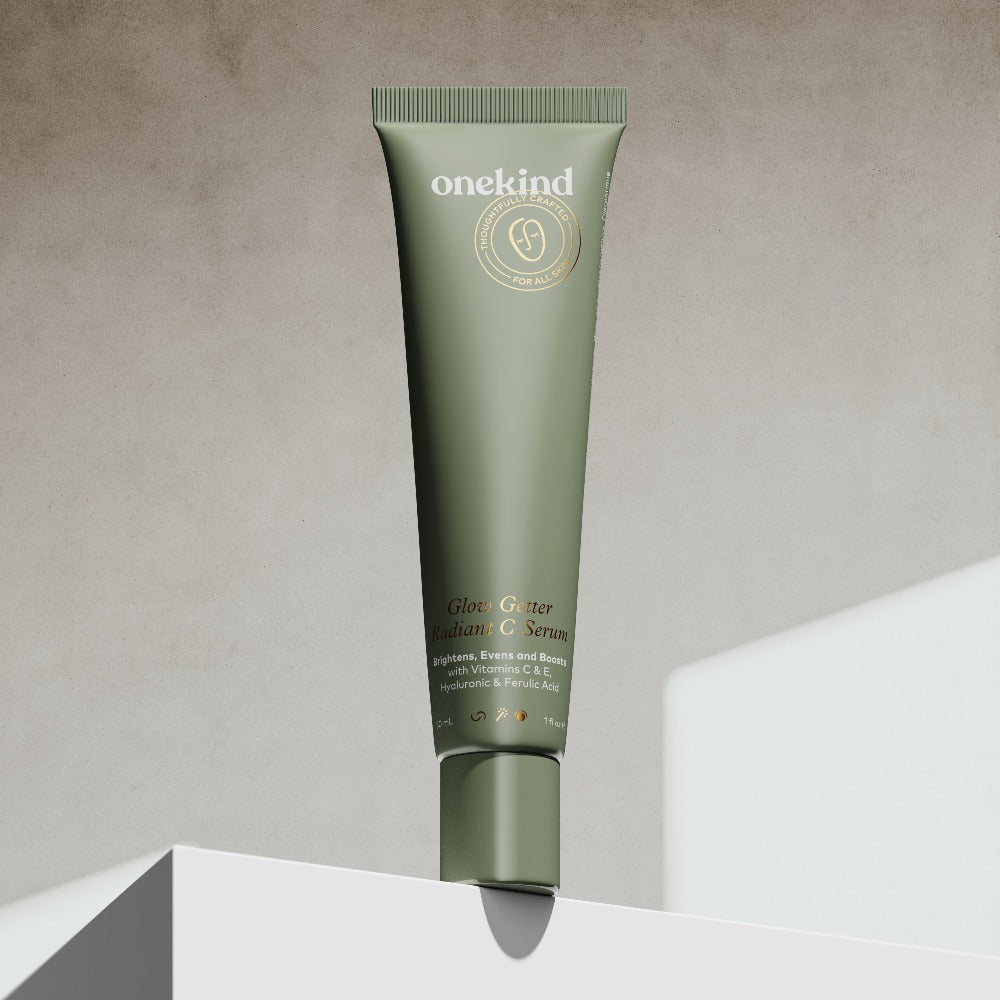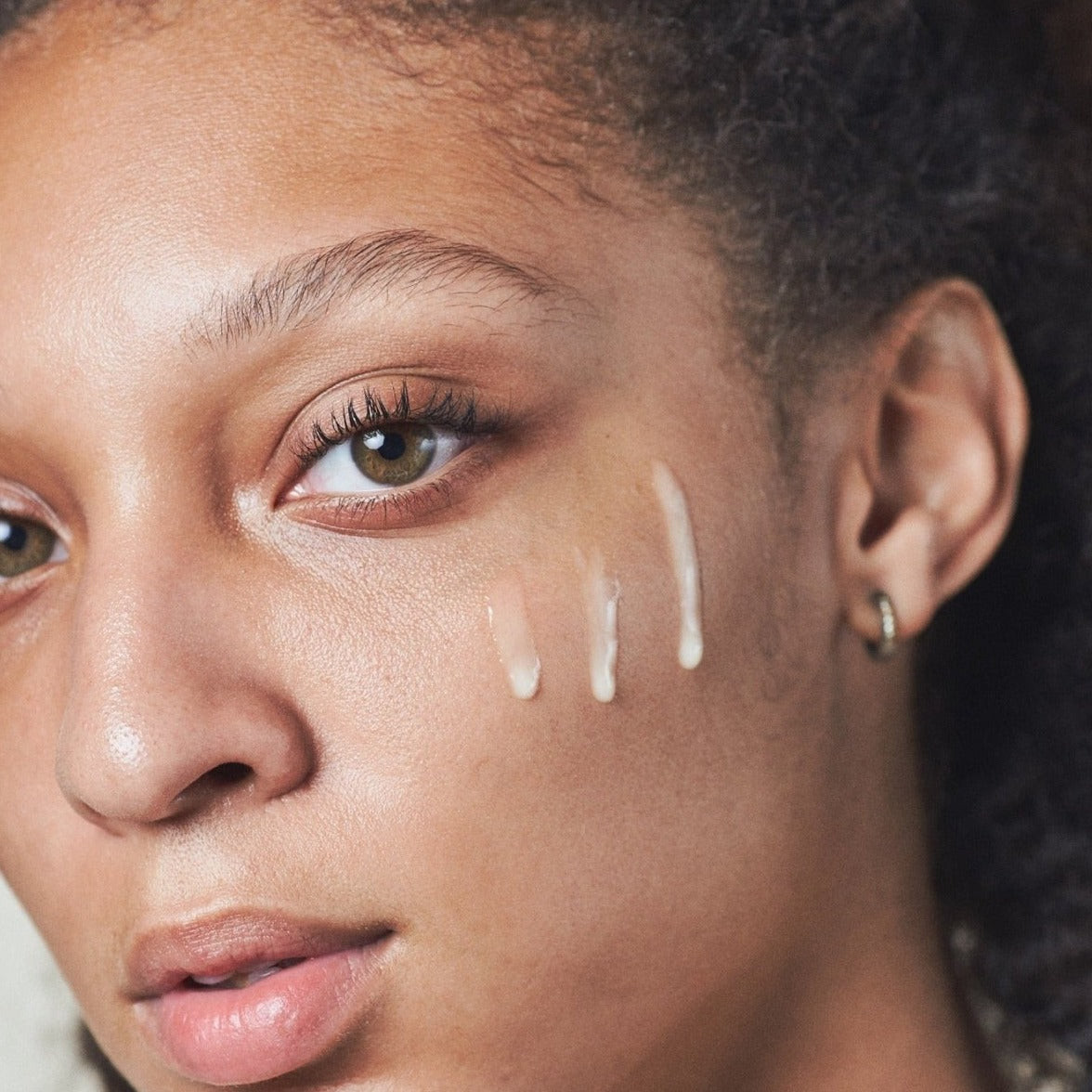In the world of SPF, there’s one question we hear all the time: What’s the difference between chemical and mineral sunscreen? While both types are designed to protect your skin from harmful UV rays, they work in very different ways—and those differences can have a big impact on your skin’s health, sensitivity, and even the planet. Whether you're new to sunscreen or just looking to upgrade your routine, understanding the difference is essential.
Let’s Start with the Basics
There are two main types of sunscreen: chemical and mineral (also called physical sunscreen). Both aim to protect your skin from UV radiation, but how they do it—and how your skin reacts to it—can vary significantly.
What Is Chemical Sunscreen?
Chemical sunscreens use synthetic compounds to absorb UV rays and convert them into heat, which is then released from the skin. Common active ingredients include oxybenzone, avobenzone, octinoxate, and octocrylene.
These formulas primarily absorb UVB rays (which cause sunburn), but some ingredients—like avobenzone—also provide partial UVA protection (which causes deeper skin aging). However, not all chemical sunscreens offer full broad spectrum protection unless specifically formulated to do so, and even then, they can degrade in sunlight without stabilizing agents.
Pros:
- Lightweight, often invisible finish
- Easy to layer under makeup
Cons:
- Can cause irritation or stinging—especially for sensitive or acne-prone skin
- Some filters like oxybenzone have been linked to hormone disruption and coral reef damage
- Needs 15–30 minutes to become effective after application
- May offer inconsistent or limited UVA protection unless specifically labeled as broad spectrum
What Is Mineral Sunscreen?
Mineral sunscreen, also known as physical sunscreen, uses naturally occurring minerals—primarily zinc oxide and titanium dioxide—to form a physical barrier on the skin’s surface. This barrier reflects and scatters harmful rays before they can penetrate your skin.
One of the standout features of mineral formulas is their consistent and reliable broad spectrum protection. Zinc oxide, in particular, is one of the only FDA-approved sunscreen ingredients that offers full coverage against both UVA and UVB rays. It protects against sunburn, photoaging, and long-term skin damage without breaking down in sunlight.
Pros:
- Instant protection—no wait time
- Gentle on sensitive skin and safe for babies
- Reef-safe and environmentally friendly
- Reliable broad spectrum defense, especially when using non-nano zinc oxide
Cons:
- Can leave a white cast, especially on deeper skin tones (but not with Solardrops!)
- May feel heavier if not formulated correctly
How They Stack Up
| Feature | Chemical Sunscreen | Mineral Sunscreen |
|---|---|---|
| Active Ingredients | Oxybenzone, Avobenzone, Octinoxate | Non-nano Zinc Oxide, Titanium Dioxide |
| UV Protection | Primarily UVB, some UVA | Broad spectrum (UVA + UVB) |
| Skin Sensitivity | May cause irritation or breakouts | Safe for sensitive, acne-prone skin |
| Environmental Impact | Can harm coral reefs and marine life | Reef-safe and biodegradable |
| Time to Effectiveness | 15–30 minutes | Immediate upon application |

Meet Onekind Solardrops SPF 55 Daily Broad Spectrum Serum
When we formulated our Solardrops, we knew there was no contest: mineral sunscreen was the safer, smarter choice. Here’s why:
- 24.5% Non-Nano Zinc Oxide: This powerhouse mineral offers gentle yet high-performance protection. Because it’s non-nano, the particles stay on the surface of the skin—not in your bloodstream.
- Truly Broad Spectrum: Solardrops protects against both UVA (aging) and UVB (burning) rays—so you’re covered on all fronts.
- No White Cast: We formulated Solardrops with natural iron oxides to give it a subtle, universal tint that blends effortlessly into all skin tones.
- Blue Light Defense: Iron oxides also help shield against high-energy visible (HEV) light from screens and sunlight, which is linked to melasma and hyperpigmentation.
- Lightweight Serum Texture: No heaviness, no greasiness—just breathable, daily protection that layers beautifully under makeup (not that you need any).
Choose Mineral for Safer, Smarter Sun Protection
If you're on the fence between chemical and mineral sunscreen, here’s the bottom line: mineral sunscreen is gentler on your skin, better for the environment, and delivers reliable, broad spectrum protection you can trust. And when it’s done right—like in Solardrops—you don’t have to compromise on texture or finish either.
Choose protection that works with your skin, not against it. With Solardrops, broad spectrum defense has never felt (or looked) this good.
